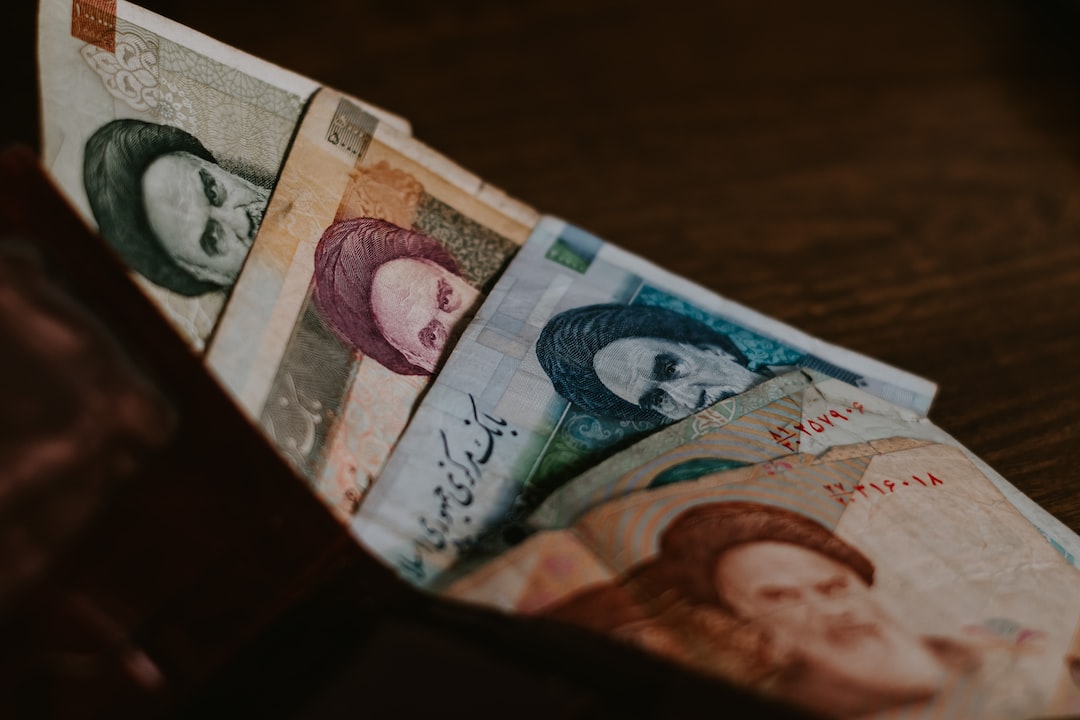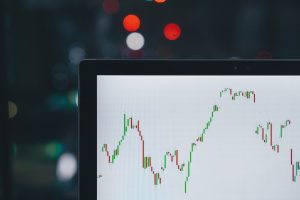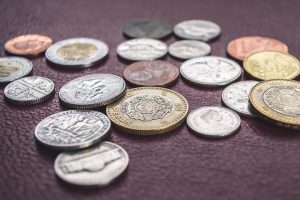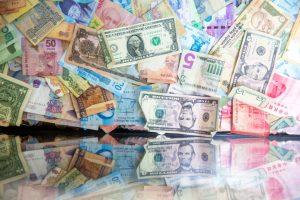Forex reserves are the foreign currency assets that a country accumulates and holds to support its currency and to repay its external debts. These reserves are usually held in the form of foreign currencies, government bonds, and other financial instruments. Gold is also one of the assets that countries hold as part of their forex reserves. The question of what percent of forex reserves should gold be has been a topic of debate among economists and policymakers.
Historically, gold has been a preferred asset for forex reserves because of its intrinsic value and its role in international trade. Countries used to anchor their currencies to gold, which was known as the gold standard. Under the gold standard, countries would maintain a fixed exchange rate with each other based on the amount of gold they held. The gold standard was abandoned in the 20th century, but gold remains an important asset for forex reserves.
The International Monetary Fund (IMF) recommends that countries hold at least 10% of their forex reserves in gold. This recommendation is based on historical data and the role that gold plays in the international monetary system. However, this recommendation is not binding, and countries are free to hold more or less gold in their forex reserves.
Some countries hold a large percentage of their forex reserves in gold. For example, the United States holds the largest amount of gold reserves in the world, with over 8,000 tons of gold. This represents about 75% of its total forex reserves. Germany and Italy also hold a significant portion of their forex reserves in gold, with over 60% and 70%, respectively.
Other countries hold a smaller percentage of their forex reserves in gold. Japan, for example, holds only 2% of its forex reserves in gold, while China holds about 3%. India, which is the second-largest consumer of gold in the world, holds only about 6% of its forex reserves in gold.
The percentage of forex reserves that a country holds in gold depends on several factors. One of the main factors is the country’s economic stability and the strength of its currency. Countries with strong currencies and stable economies may not need to hold as much gold in their forex reserves as countries with weaker currencies and less stable economies.
Another factor is the country’s reliance on international trade. Countries that rely heavily on international trade may need to hold more gold in their forex reserves to facilitate trade and to support their currency in case of a crisis. Gold is often used as a means of payment in international trade, and having a sufficient amount of gold in their reserves can help countries avoid currency fluctuations and other risks associated with international trade.
The price of gold is also an important factor in determining the percentage of forex reserves that a country should hold in gold. The price of gold can be volatile, and countries that hold a large percentage of their forex reserves in gold may be exposed to fluctuations in the price of gold. This can affect the value of their forex reserves and their ability to support their currency.
In conclusion, the question of what percent of forex reserves should gold be is a complex one that depends on several factors. The IMF recommends that countries hold at least 10% of their forex reserves in gold, but this recommendation is not binding. The percentage of forex reserves that a country holds in gold depends on its economic stability, reliance on international trade, and the price of gold. While gold remains an important asset for forex reserves, countries must also balance the risks and benefits of holding gold in their reserves.





